How to Care for Blaberus atropos “Florida”
AKA The Miami Polymorphic Roach
Blaberus atropos “Florida” is a rare and beautiful species of roach that exhibits polymorphism, meaning it can have different colors and patterns depending on its genetics and environment. This species is native to Florida, where it lives in moist and dark habitats such as caves and hollow logs. In this article, you will learn how to care for Blaberus atropos “Florida” polymorphic roach as a pet, including its diet, temperature, humidity, substrate, enclosure, and breeding.
Diet
Blaberus atropos “Florida” polymorphic roach is an omnivorous and opportunistic feeder, meaning it will eat almost anything organic. However, for optimal health and coloration, you should provide a balanced and varied diet that includes:
- A high-quality dry food, such as dog, cat, fish, or chicken feed. This will provide the essential protein, vitamins, and minerals for your roaches. You can also supplement with calcium powder or cuttlebone to prevent molting issues.
- Fresh fruits and vegetables, such as apple, banana, carrot, cucumber, lettuce, and squash. These will provide hydration, fiber, and natural sugars for your roaches. You can also add leaf litter, such as oak, maple, or magnolia, to mimic their natural diet and provide enrichment.
- Occasional treats, such as honey, yogurt, egg, cheese, or meat. These will provide extra protein and fat for your roaches, especially during breeding season. However, you should avoid feeding too much or too often, as this can cause obesity and health problems.
You should feed your roaches once or twice a week, depending on the size and number of your colony. You should also remove any uneaten food after 24 hours to prevent mold and bacteria growth.
Temperature
Blaberus atropos “Florida” polymorphic roach prefers a warm and stable temperature range of 75-85°F (24-29°C). This will ensure optimal growth and breeding for your roaches. You can use a heat mat, a heat lamp, or a ceramic heat emitter to provide a heat source for your roaches. You should also use a thermometer to monitor the temperature inside the enclosure and adjust accordingly.
Humidity
Blaberus atropos “Florida” polymorphic roach requires a high and consistent humidity level of 60-80%. This will prevent dehydration, desiccation, and molting issues for your roaches. You can use a spray bottle, a misting system, or a humidifier to provide moisture for your roaches. You should also use a hygrometer to measure the humidity inside the enclosure and maintain it accordingly.
Substrate
Blaberus atropos “Florida” polymorphic roach needs a deep and loose substrate that allows them to burrow and hide. You can use a mix of coco fiber, peat moss, sphagnum moss, and vermiculite as a substrate for your roaches. You should also add some pieces of bark, cork, or wood to provide hiding places and climbing surfaces for your roaches. You should keep the substrate moist but not wet, and change it every few months or as needed.
Enclosure
Blaberus atropos “Florida” polymorphic roach requires a large and secure enclosure that can accommodate their size and activity. You can use a plastic bin, a glass tank, or a wooden vivarium as an enclosure for your roaches. You should also use a tight-fitting lid, a mesh screen, or a ventilation system to prevent escapes and provide air circulation for your roaches. You should provide at least 5 gallons (19 liters) of space for every 50 roaches, and more if you plan to breed them.
Breeding
Blaberus atropos “Florida” polymorphic roach is a sexually dimorphic and ovoviviparous species, meaning the males and females look different and the females give birth to live young. The males have larger and more ornate wings, while the females have smaller and more plain wings. The females can produce up to 40 nymphs per litter, and can have several litters per year. The nymphs are born white and gradually develop their color and pattern as they grow and molt. The nymphs take about 6-9 months to reach adulthood, and can live up to 2 years.
To breed Blaberus atropos “Florida” polymorphic roach, you should provide the following conditions:
- A high-protein and high-fat diet, especially during the breeding season. This will increase the fertility and fecundity of your roaches.
- A warm and humid environment, especially during the gestation and birth period. This will ensure the health and survival of your roaches and their offspring.
- A 1:3 or 1:4 ratio of males to females, depending on your preference and goals. This will prevent overbreeding and stress for your roaches.
- A large and spacious enclosure, with plenty of hiding places and substrate. This will allow your roaches to mate, nest, and raise their young comfortably and safely.
Conclusion
Blaberus atropos “Florida” polymorphic roach is a fascinating and colorful species of roach that can make a great pet for enthusiasts and collectors. By following the care sheet above, you can provide the best possible care for your Blaberus atropos “Florida” polymorphic roach and enjoy their beauty and diversity for years to come.
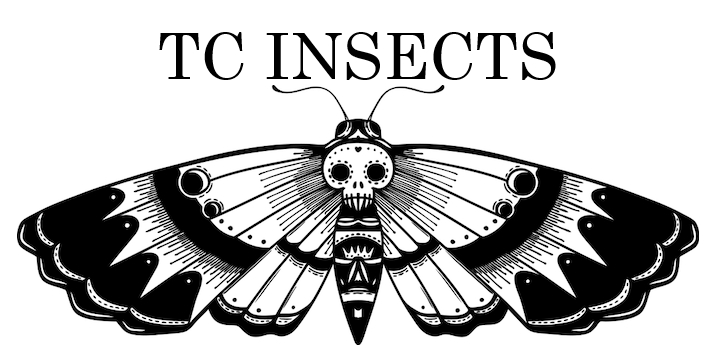
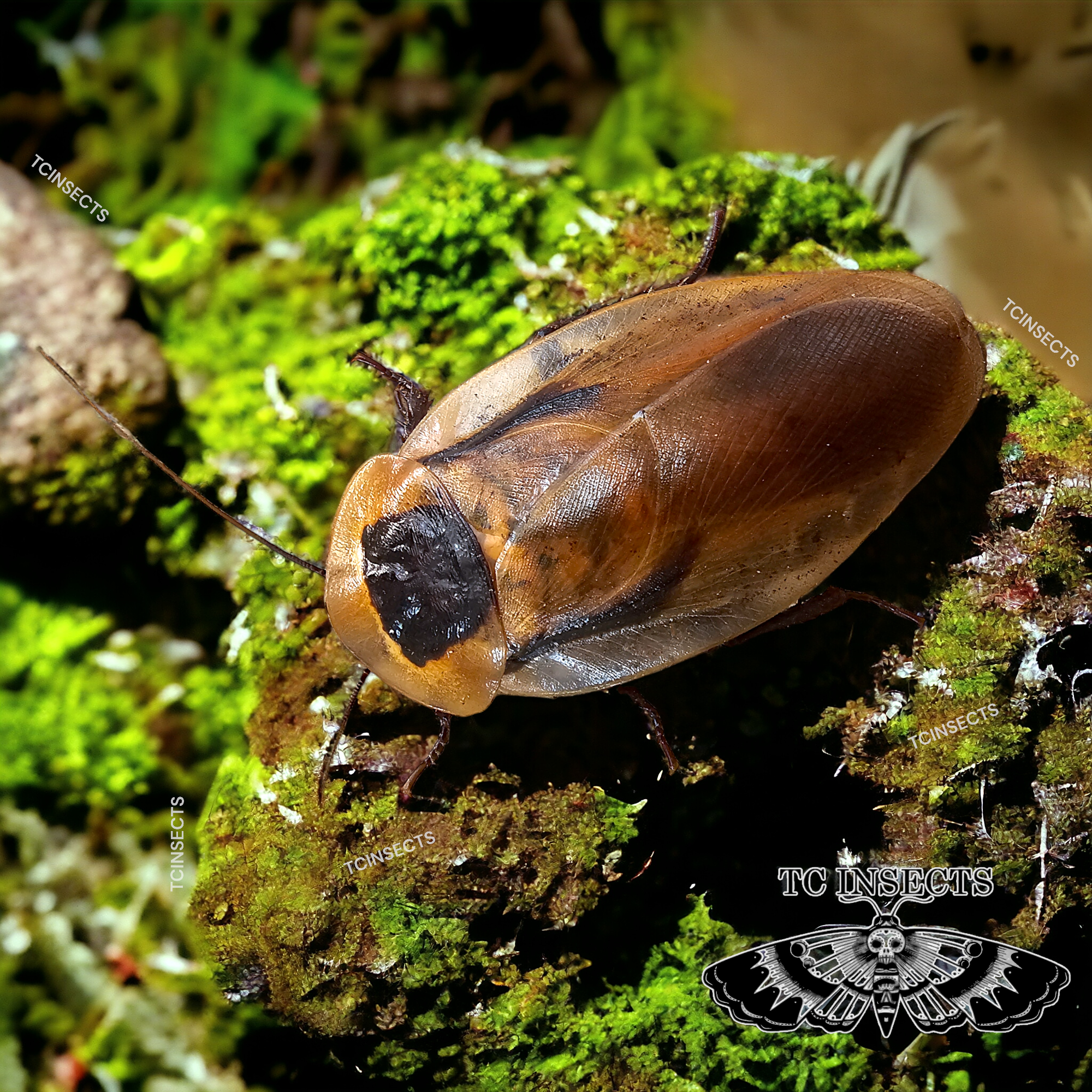
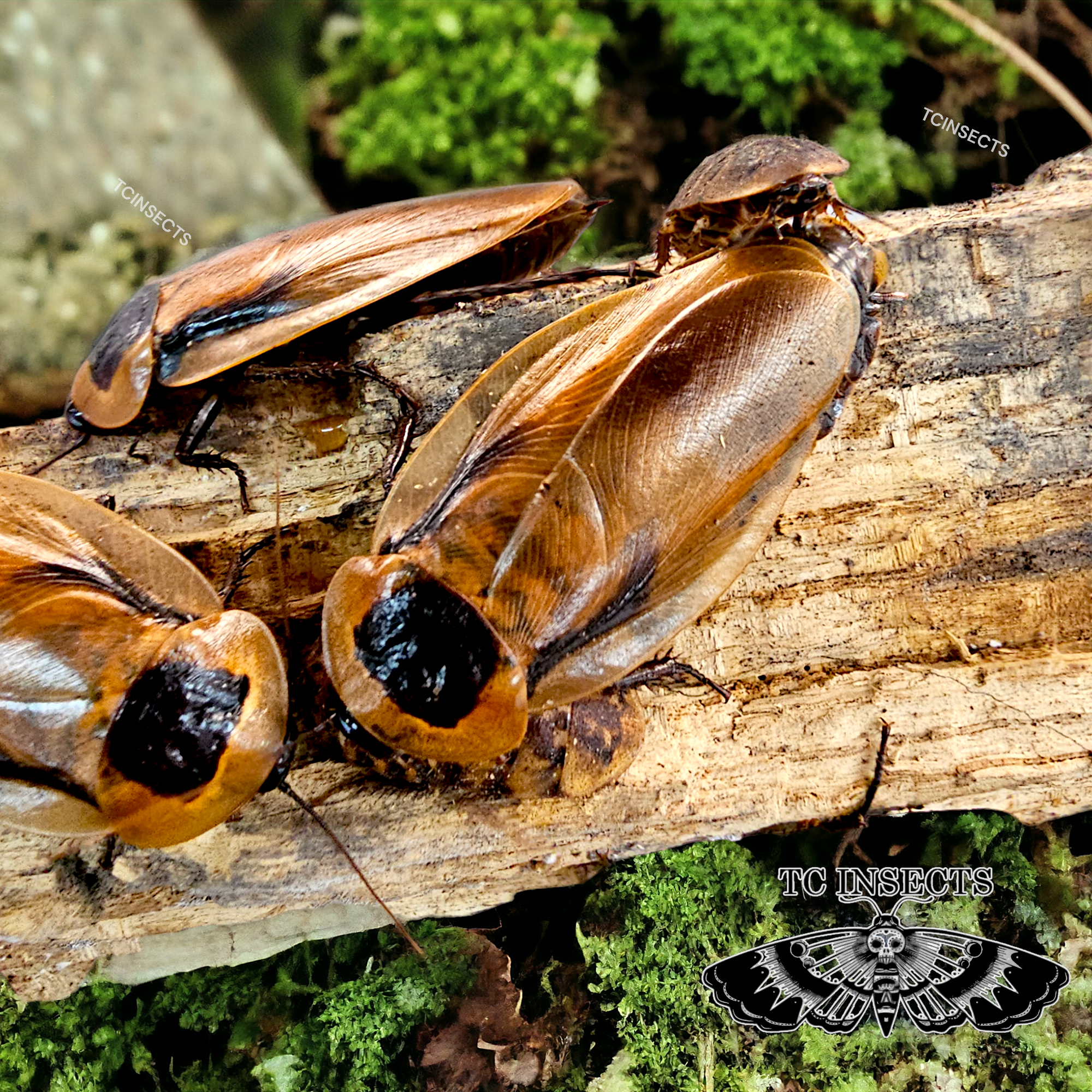
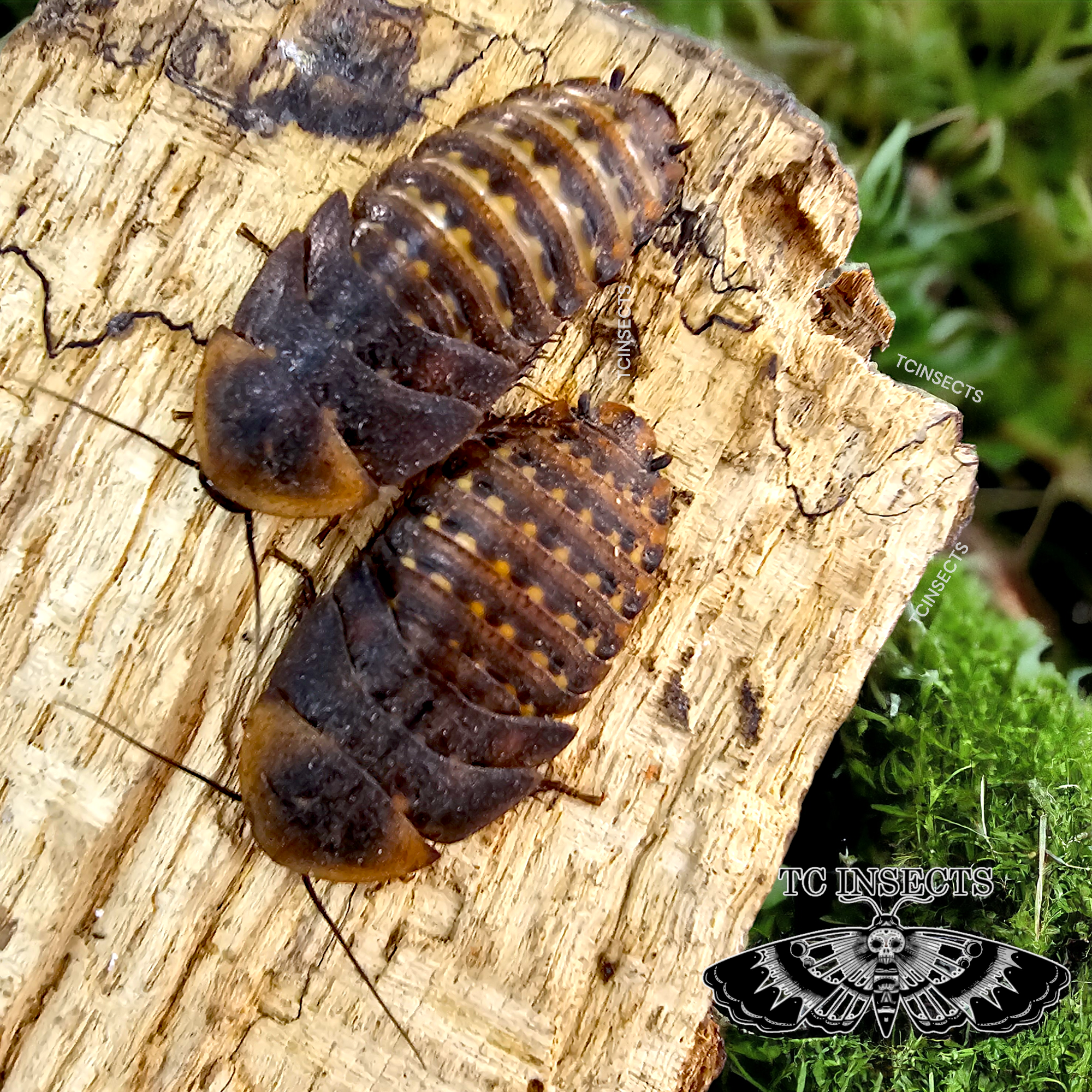


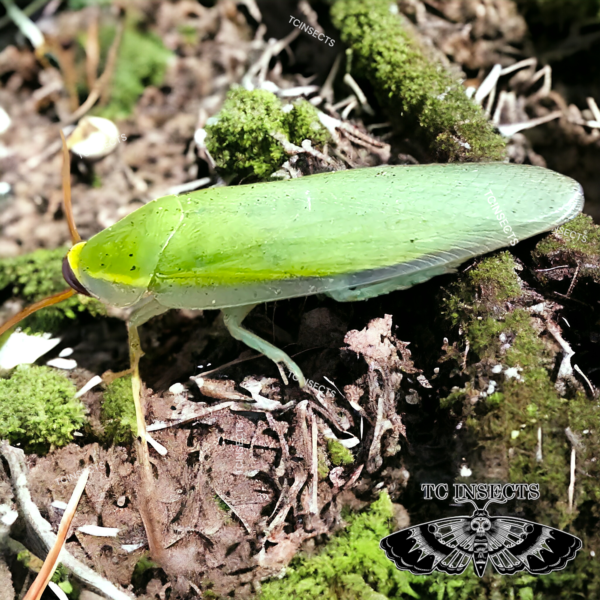

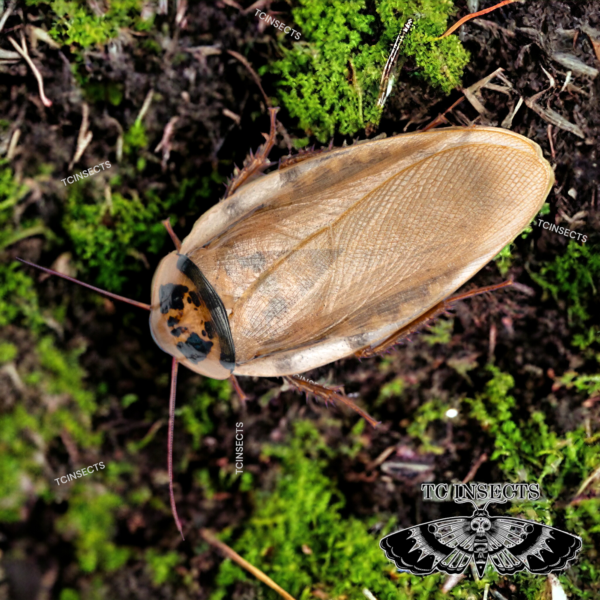

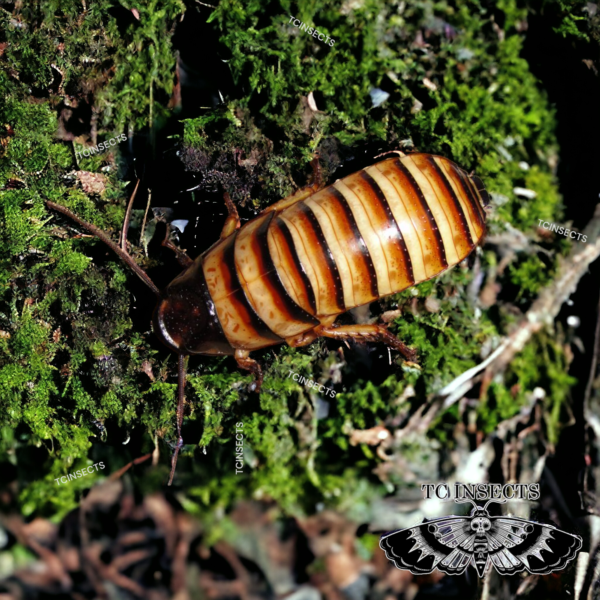

Reviews
There are no reviews yet.